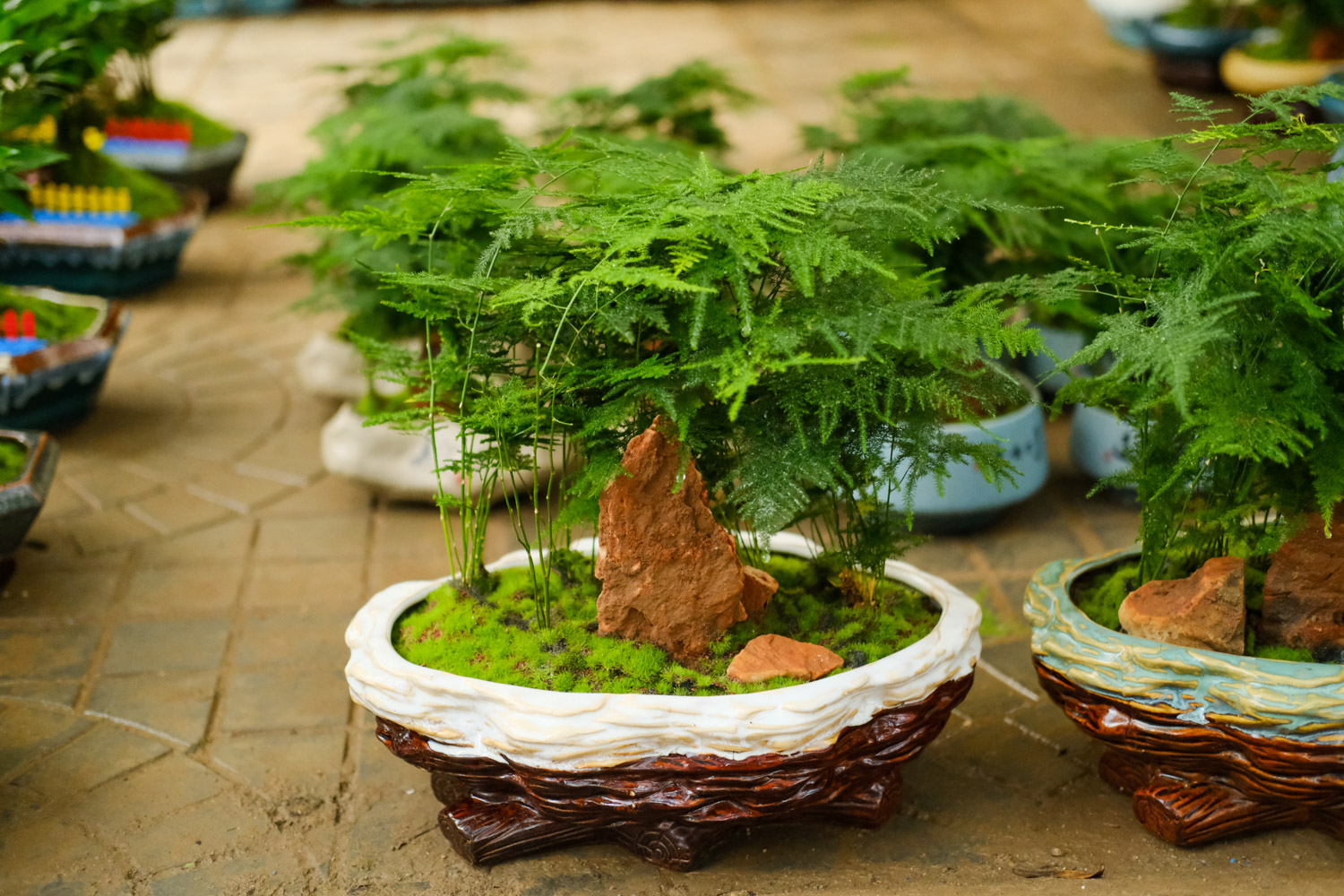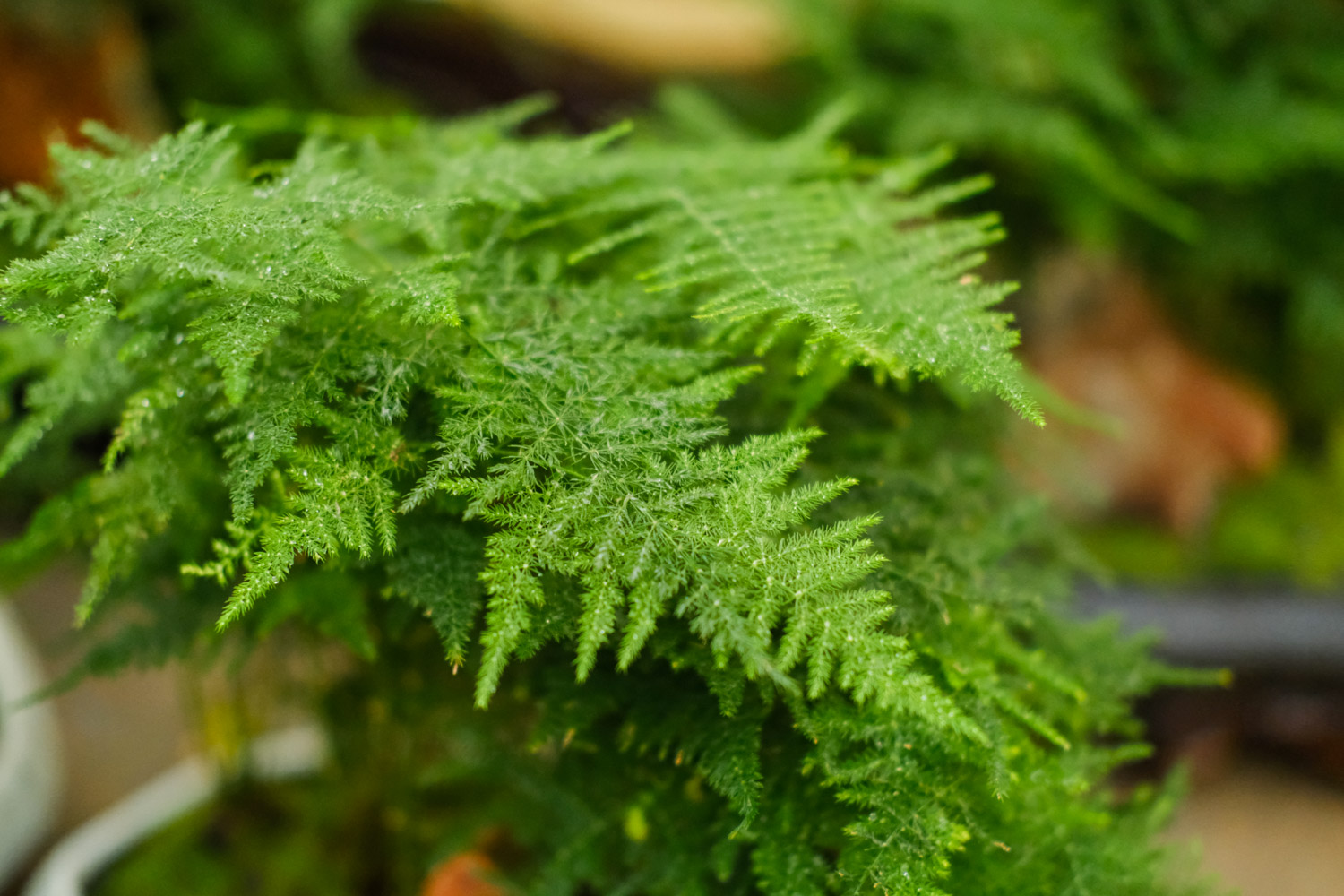1、 Breeding method
1. Illumination: it likes bright scattered light, and it should be avoided to put it in the environment with direct light during maintenance. However, we should not let the environment be too shady, otherwise it is also not conducive to its growth, which will lead to adverse phenomena such as yellow leaves and fallen leaves
2. Flower soil: it likes weak acid flower soil with soft, thick and good water permeability. Specifically, two parts of rotten leaf soil, two parts of garden soil and one part of river sand can be evenly mixed to prepare its flower soil

3. Flower fertilizer: it has little demand for fertilizer. When applying fertilizer, try to apply thin fertilizer instead of thick fertilizer. It can be applied every 10 days in the growing season and suspended in winter
4. Temperature: it prefers a cold growth environment, and the optimum growth temperature is 15-25 ℃. As long as the temperature is above 5 ℃, it can grow, and above 10 ℃, it can grow normally
5. Humidity: it also has certain requirements for humidity. Usually, it should spray more water around it to prevent it from withering and yellowing because the air is too dry

2、 Provide space
In fact, asparagus is a vine climbing plant. If the breeding conditions are good, the plants with more than three years can climb the vine, and the extracted branches can grow to a length of about 2m. Therefore, it needs to be provided with enough space to meet its growth needs


 how many times do yo...
how many times do yo... how many planted tre...
how many planted tre... how many pine trees ...
how many pine trees ... how many pecan trees...
how many pecan trees... how many plants comp...
how many plants comp... how many plants can ...
how many plants can ... how many plants and ...
how many plants and ... how many pepper plan...
how many pepper plan...





























